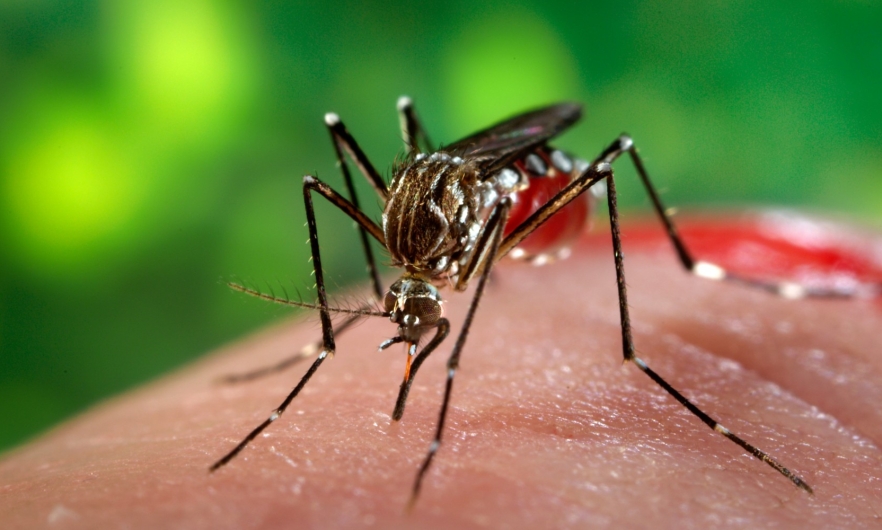HEALTH WATCH: Caffeine and artery Function

By Michael Greger MD
There are dietary guidelines for food, but what about for beverages? A Beverage Guidance Panel was “assembled to provide guidance on the relative health and nutritional benefits and risks of various beverage categories.”
They ranked them from one to six, and water was ranked number one.
Soda ranked last at number six. Whole milk was grouped with beer, with a recommendation for zero ounces a day, in part out of concern for links between milk and prostate cancer, as well as aggressive ovarian cancer.
Number two on the list, though, after water, was tea and coffee, preferably without creamer or sweetener.
Even without creamer, though, lots of unfiltered coffee can raise cholesterol, but the oily cholesterol-raising compounds are trapped by the paper filter in brewed coffee, so filtered coffee is probably better.
But about ten years ago, a study was published on the effects of coffee on endothelial function, the function of our arteries. W ithin 30 minutes of drinking a cup of coffee there was a significant drop in the ability of our arteries to dilate, whereas decaf did not seem to have a significant effect. This was the first study to demonstrate an acute unfavorable effect on arterial function of caffeinated coffee, but one cup of decaf didn’t seem to affect performance. And two cups of decaf appeared to have a beneficial effect. So maybe it’s a “battle between caffeine and antioxidants.” Something in caffeinated coffee appears to be hurting arterial function, whereas something in decaf appears to be helping.
It’s similar to red wine. “De-alcoholized” (nonalcoholic) red wine significantly improves arterial function, as there are grape components trying to help, but the presence of alcohol counteracts and erases the benefit.
Drinking really high antioxidant coffee, for example by preparing it Greek style (where you actually drink the grounds), coffee drinkers may actually be at an advantage
It might not be the caffeine in caffeinated coffee that’s the harmful component, though. In a randomized, double-blind, placebo-controlled, cross-over study, researchers found that caffeine alone—about two and a half cups of coffee worth—significantly improved arterial function in both people with and without heart disease.
Coffee contains more than a thousand different compounds other than caffeine, many of which are also removed by the decaffeination process, so there must be something else in the coffee bean that’s causing the problem.
In fact, caffeine may even enhance the repair of the fragile inner lining of our arteries by enhancing the migration of our endothelial progenitor cells, the stem cells that patch up potholes in our artery walls.
Benefits
But how might we get the potential benefit of caffeine without the risky compounds in caffeinated coffee?
Tea! Tea consumption enhances artery function, and there are substantial beneficial effects of both green tea and black tea. Instead of other components in tea leaves undermining caffeine’s potential benefits, they appear to boost the benefit in healthy individuals, as well as heart disease patients, reversing some of their arterial dysfunction, both immediately and long-term.
All the measurements in the studies I’ve talked about so far were done on the brachial artery, the main artery in the arm (just because it’s easier to get to).
What we care about, though, is blood flow to the heart. And caffeine appears to impair blood flow to our heart muscle during exercise even in healthy folks, but especially in those with heart disease.
Thankfully caffeine in tea form appears to have the opposite effect, significantly improving coronary blood flow, suggesting that tea consumption has a beneficial effect on coronary circulation, though the addition of milk may undermine the protective effects.
The take-home is that water is the healthiest beverage, followed by tea.
Michael Greger, M.D., is a physician, New York Times bestselling author, and internationally recognized professional speaker on public health issues.. Currently he is Director of Public Health and Animal Agriculture at the Humane Society of the United States.





